Are there Sharks in the Croatian Adriatic Sea?
June - 2024
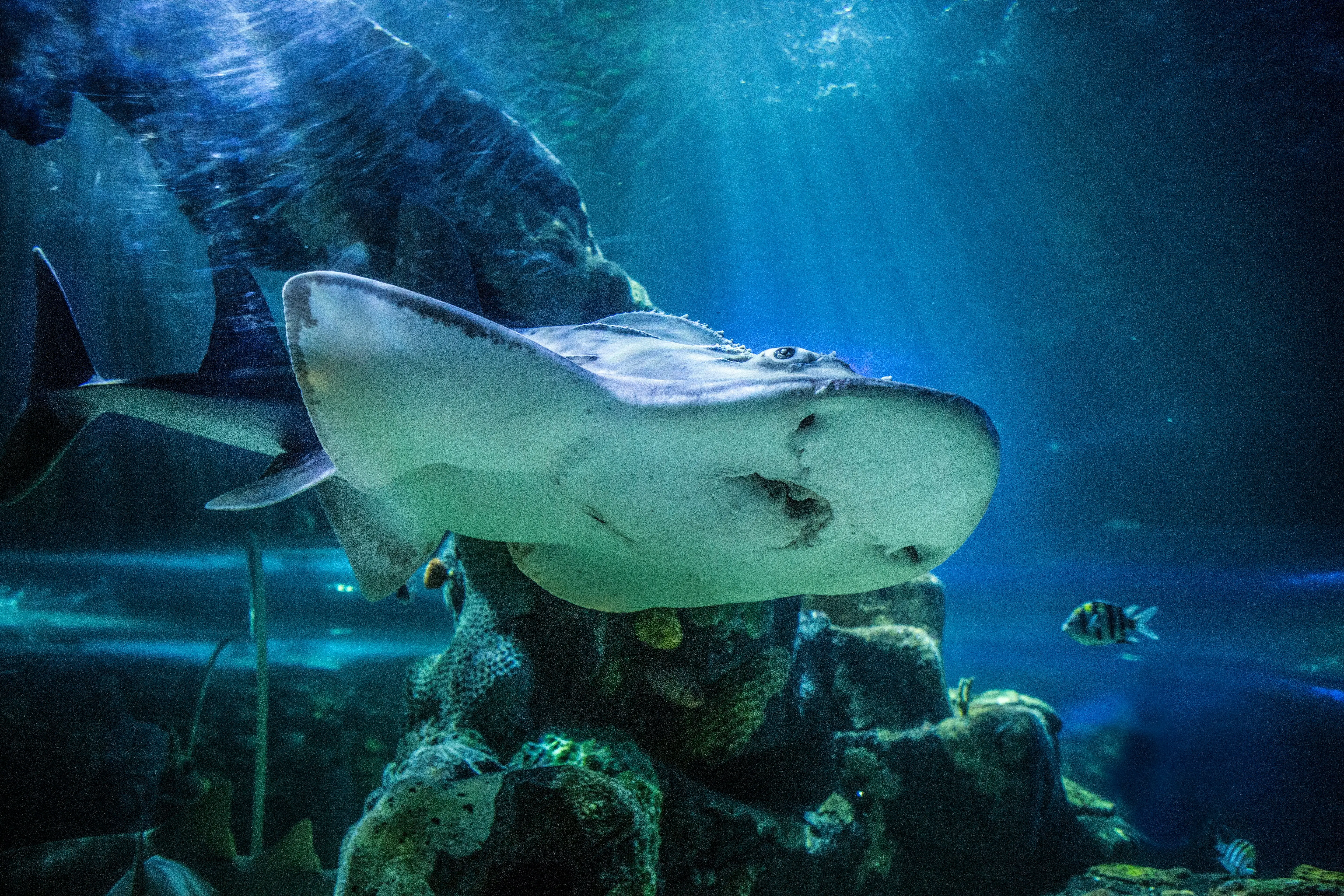
Croatia's Adriatic coastline is renowned for its crystalline waters, picturesque beaches, and vibrant marine life. However, the presence of sharks in these waters often raises concerns among travelers. Is it safe to swim in the Adriatic Sea?
In this comprehensive guide, we'll explore the reality of sharks in Croatia, dispelling myths and providing valuable insights to ensure a safe and enjoyable coastal experience.
The Adriatic Sea is home to a diverse array of marine species, including several shark varieties. While the mere mention of sharks may conjure up images of fearsome predators, the truth is that most sharks found in Croatian waters pose little to no threat to humans. In fact, shark encounters are incredibly rare, and shark attacks are even rarer.
Shark Species in the Croatian Adriatic Sea
According to research conducted by the University of Split, a remarkable 33 different shark species have been identified in Croatian waters. Among these, the most commonly encountered varieties include:
The Blue Shark
The blue shark (Prionace glauca) is one of the most prevalent shark species in the Croatian Adriatic, particularly in the southern regions where the waters are warmer. These graceful creatures can grow up to 4 meters in length and are characterized by their slender, spindle-shaped bodies, long snouts, and distinctive blue-green or blue coloration.
Blue sharks are known to inhabit the surface waters, rarely venturing deeper than 150 meters. They are primarily nocturnal hunters, feeding on fish and cephalopods (squid and octopus). While they can be potentially dangerous to swimmers, encounters with humans are extremely rare.
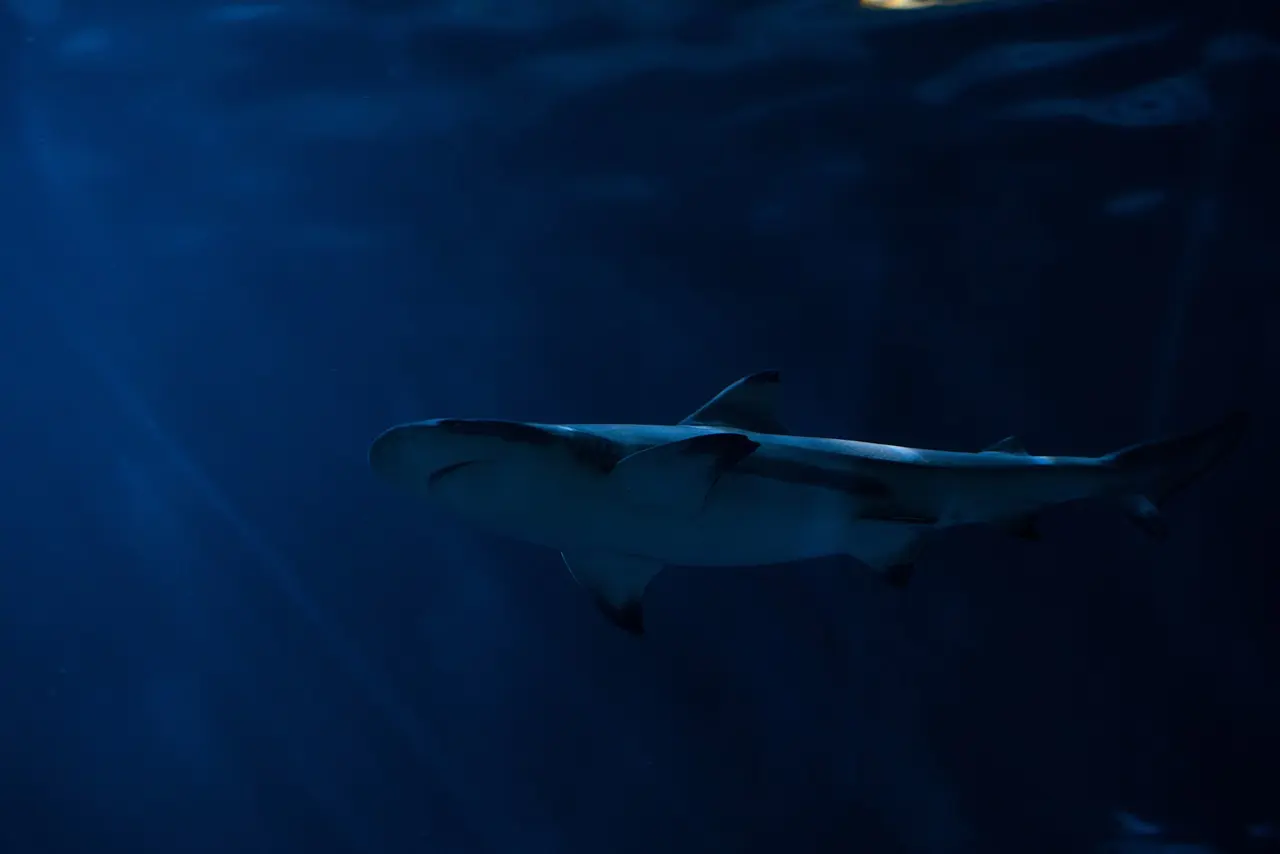
The Common Thresher Shark
The common thresher shark (Alopias vulpinus) is another species frequently found in Croatian waters. These sharks are easily identifiable by their long, whip-like upper caudal fin, which can measure up to half the length of their bodies.
Common thresher sharks can grow up to 6 meters in length, with females typically larger than males. They are known to frequent coastal areas, hunting smaller fish, cephalopods, and crabs. Despite their impressive size, these sharks are generally not considered a threat to humans.
The Shortfin Mako Shark
The shortfin mako shark (Isurus oxyrinchus) is a sleek and powerful predator that can reach lengths of up to 4 meters. With their pointed snouts, large round eyes, and crescent-shaped tails, these sharks are easily recognizable.
Shortfin mako sharks are known for their speed and agility, making them formidable hunters of fish, cephalopods, and even sea turtles. While they have been involved in a few attacks on humans, their presence in the Adriatic Sea is relatively uncommon compared to other shark species.
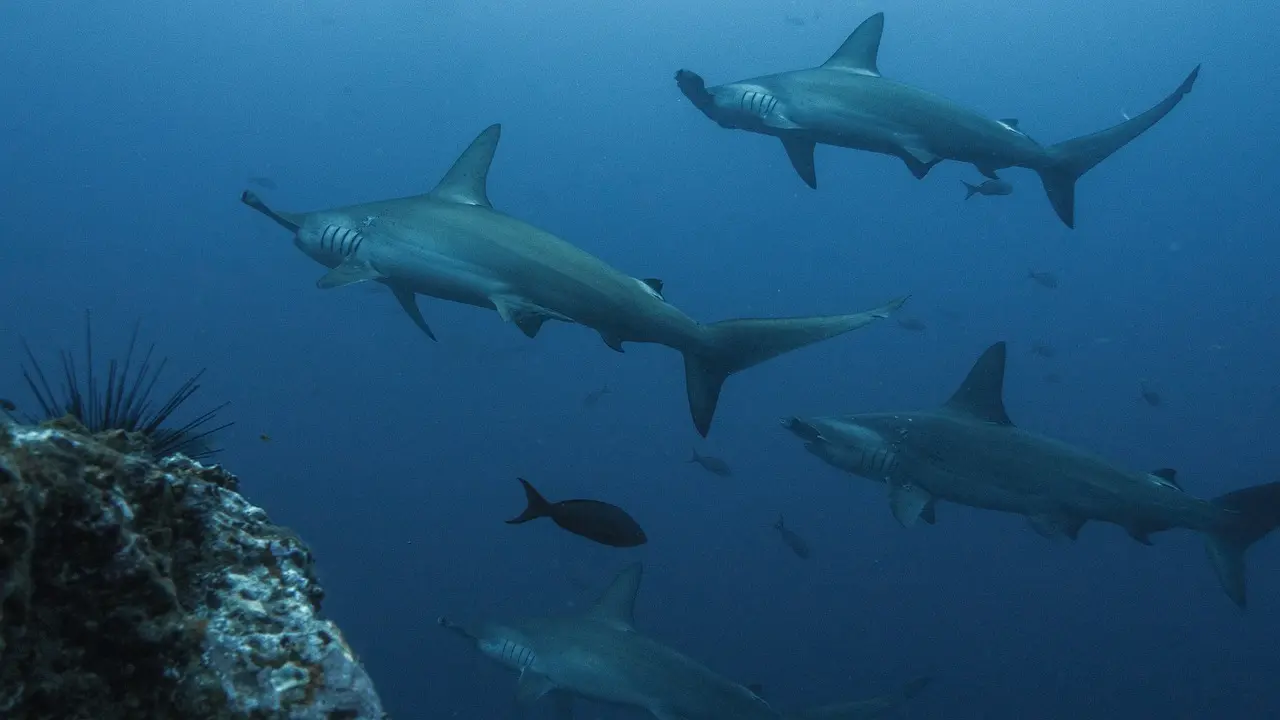
The Spiny Dogfish
The spiny dogfish (Squalus acanthias) is a small shark species that rarely exceeds 1.2 meters in length. These sharks are abundant in the northern and central regions of the Adriatic Sea and are easily identified by their triangular snouts, gray coloration with white spots, and the presence of spines on their dorsal fins.
Spiny dogfish prefer to dwell near the sea bottom, at depths ranging from 20 to 200 meters, where they feed on fish and crabs. They pose no threat to humans and are considered a harmless species.
The Small-spotted Catshark
The small-spotted catshark (Scyliorhinus canicula) is another diminutive shark species found in Croatian waters, with a maximum length of around 1 meter. These sharks are characterized by their wide, flattened heads, oval horizontal eyes, and mottled gray, brown, or blackish coloration.
Like the spiny dogfish, the small-spotted catshark prefers to inhabit the sea bottom, rarely venturing deeper than 200 meters. They feed primarily on crabs, small fish, and cephalopods and are considered completely harmless to humans.
Shark Encounters and Attacks in Croatia
While the presence of sharks in Croatian waters may seem concerning, it's essential to understand that shark encounters and attacks are incredibly rare occurrences. In fact, according to historical records, there have been only 21 documented shark attacks in Croatia over the past 135 years, with 14 of those incidents resulting in fatalities.
To put this into perspective, in the year 2021 alone, the United States recorded 47 unprovoked shark bites, significantly higher than the total number of incidents in Croatia over more than a century.
The last reported shark attack in Croatia occurred on October 6, 2008, when a man was bitten by a great white shark while spearfishing in Smokvina Bay, off the island of Vis. Fortunately, the incident was not fatal, and the man survived.
It's important to note that while great white sharks have been spotted in Croatian waters, their presence is extremely rare. In fact, only 12 specimens of this species have been recorded in Croatia thus far.
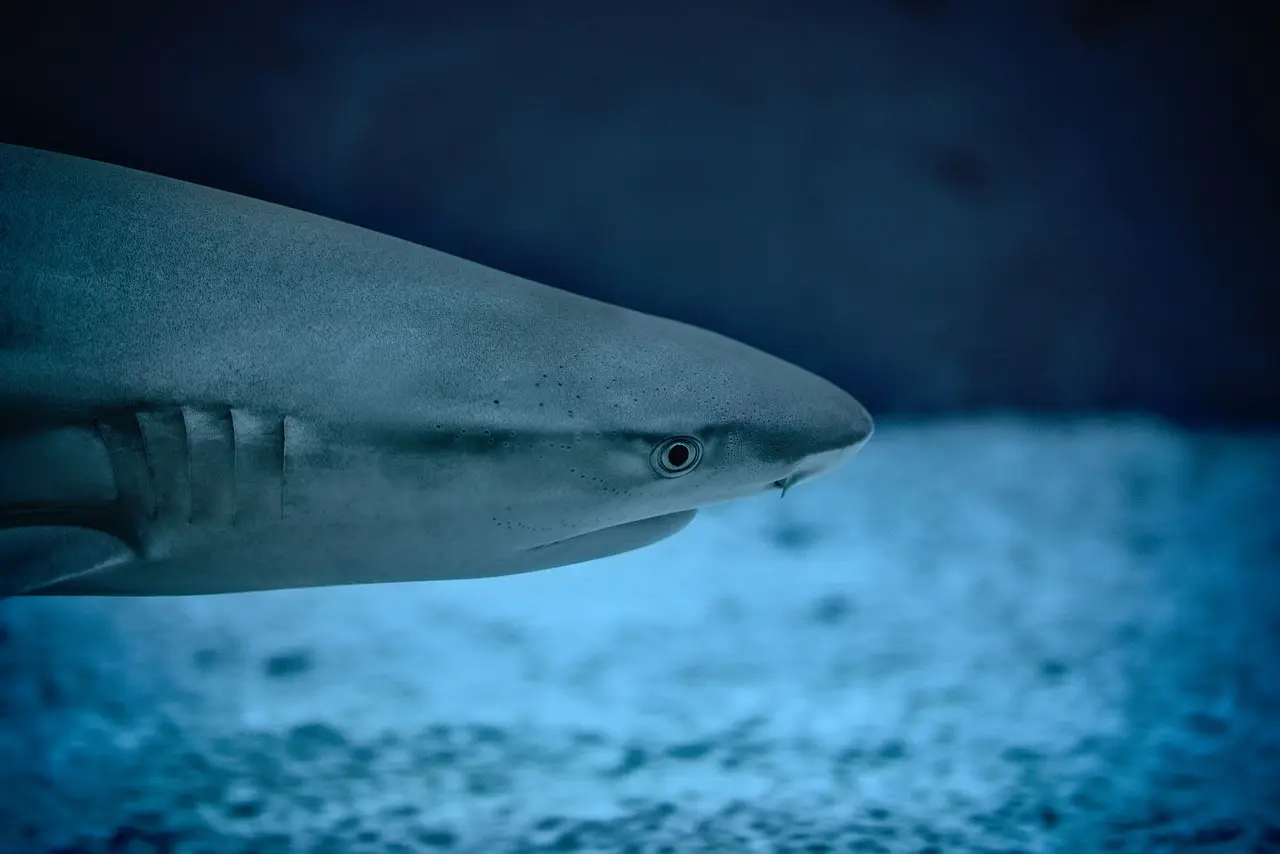
Other Marine Creatures to Be Aware Of
While sharks may not pose a significant threat in Croatian waters, there are other marine creatures that you should be mindful of during your visit:
Jellyfish
Jellyfish can be found in the Adriatic Sea and are most commonly encountered after being pushed ashore by strong winds or currents. Most jellyfish species in Croatia are harmless to humans, but their tentacles can deliver a mild sting if you brush against them.
These stings typically cause a burning or prickling sensation that subsides on its own and rarely requires medical attention. However, it's still advisable to exercise caution and avoid contact with jellyfish whenever possible.
Sea Urchins
Croatia's rocky coastline provides an ideal habitat for sea urchins, and you're likely to encounter these spiny creatures during your visit. While sea urchins are generally harmless, their sharp spines can become embedded in your skin if you accidentally step on them.
Sea urchin spines are mildly venomous and can cause pain, redness, and potential infection if not removed properly. To avoid encounters with sea urchins, it's recommended to watch your step carefully when entering or exiting the water, especially in rocky areas. Wearing water shoes can also provide additional protection.
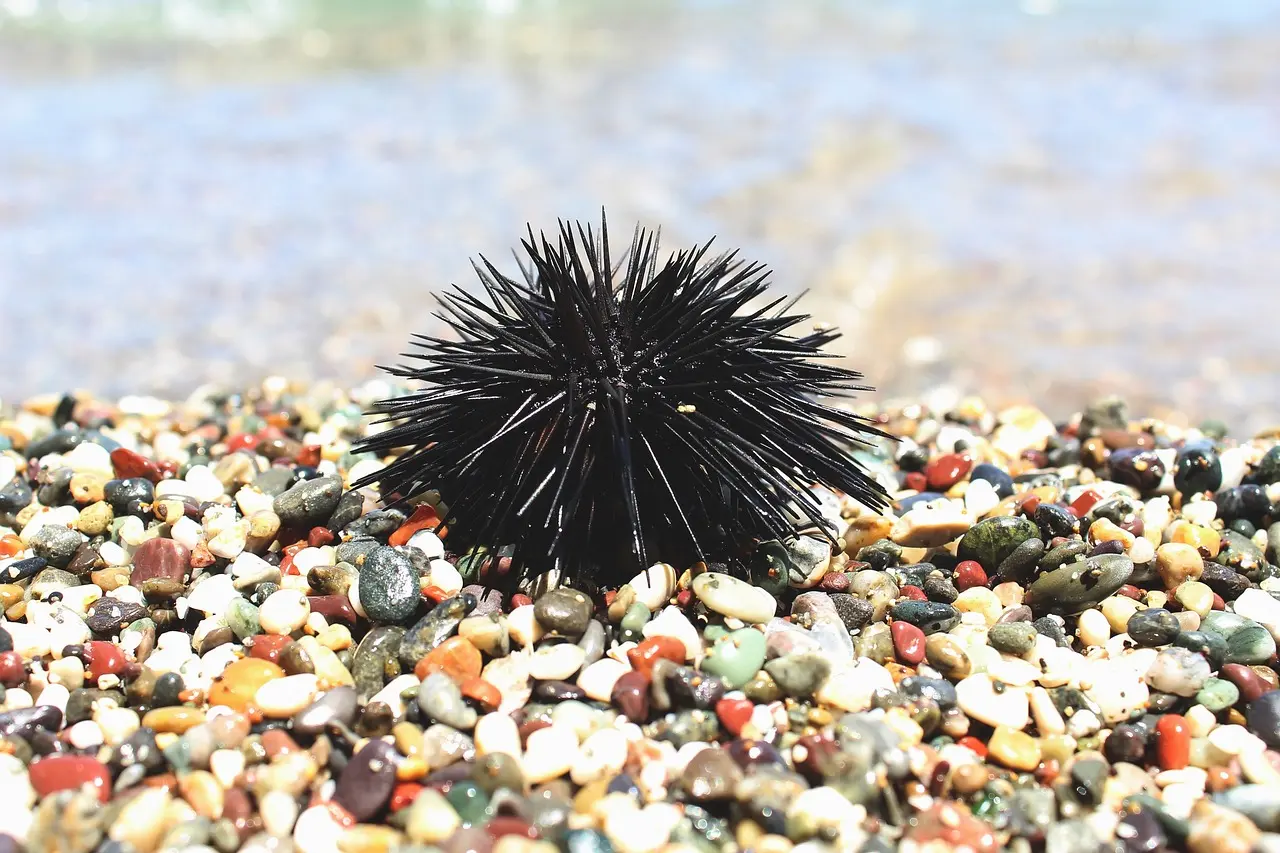
FAQ About Sharks in Croatia
When was the last shark attack in Croatia?
The last recorded shark attack in Croatia occurred on October 6, 2008, in the Split-Dalmatia County, on the island of Vis.
Are sharks a problem in Croatia?
No, sharks are not considered a problem in Croatia. Both shark encounters and shark attacks are extremely rare occurrences in the Adriatic Sea.
Why are there no sharks in Croatia?
This is a common misconception. Sharks do, in fact, exist in Croatian waters, but their presence often goes unnoticed due to the rarity of encounters and attacks.
Where are there sharks in Croatia?
Sharks can be found all along the Adriatic coast, but they typically avoid crowded beaches and areas with high human activity, preferring to stay in deeper waters.
Are there sharks in Dubrovnik, Pula, or Split?
While uncommon, it is possible to spot sharks in the waters surrounding popular destinations like Dubrovnik, Pula, and Split. However, the chances of a close encounter are extremely low.
Is it safe to swim in the sea in Croatia?
Absolutely! Croatia's Adriatic Sea is considered extremely safe for swimming, and it is one of the major attractions that draw visitors to the country.
Why is the water in Croatia so clear?
The crystal-clear waters of Croatia are a result of several factors, including the lack of sand (most beaches are pebbled or rocky), mild wave action, and minimal sediment or pollution.
What is the most common shark in Croatia?
The blue shark (Prionace glauca) is considered the most common shark species in Croatian waters, particularly in the southern Adriatic Sea.
Do jellyfish in Croatia sting?
Yes, jellyfish found in Croatian waters can deliver mild stings if you come into contact with their tentacles. These stings are usually not severe but can cause discomfort and itching.
What other creatures can be found in the Adriatic Sea?
In addition to sharks and jellyfish, the Adriatic Sea is home to a diverse array of marine life, including bottlenose dolphins, seahorses, crabs, sea turtles, starfish, and sea cucumbers.
Is snorkeling a good activity in Croatia?
Absolutely! Croatia offers excellent opportunities for snorkeling and diving, with numerous sites to explore, including the only coral reef in Croatia (Mljet National Park), ancient shipwrecks, and the breathtaking Blue Lagoon near Trogir.
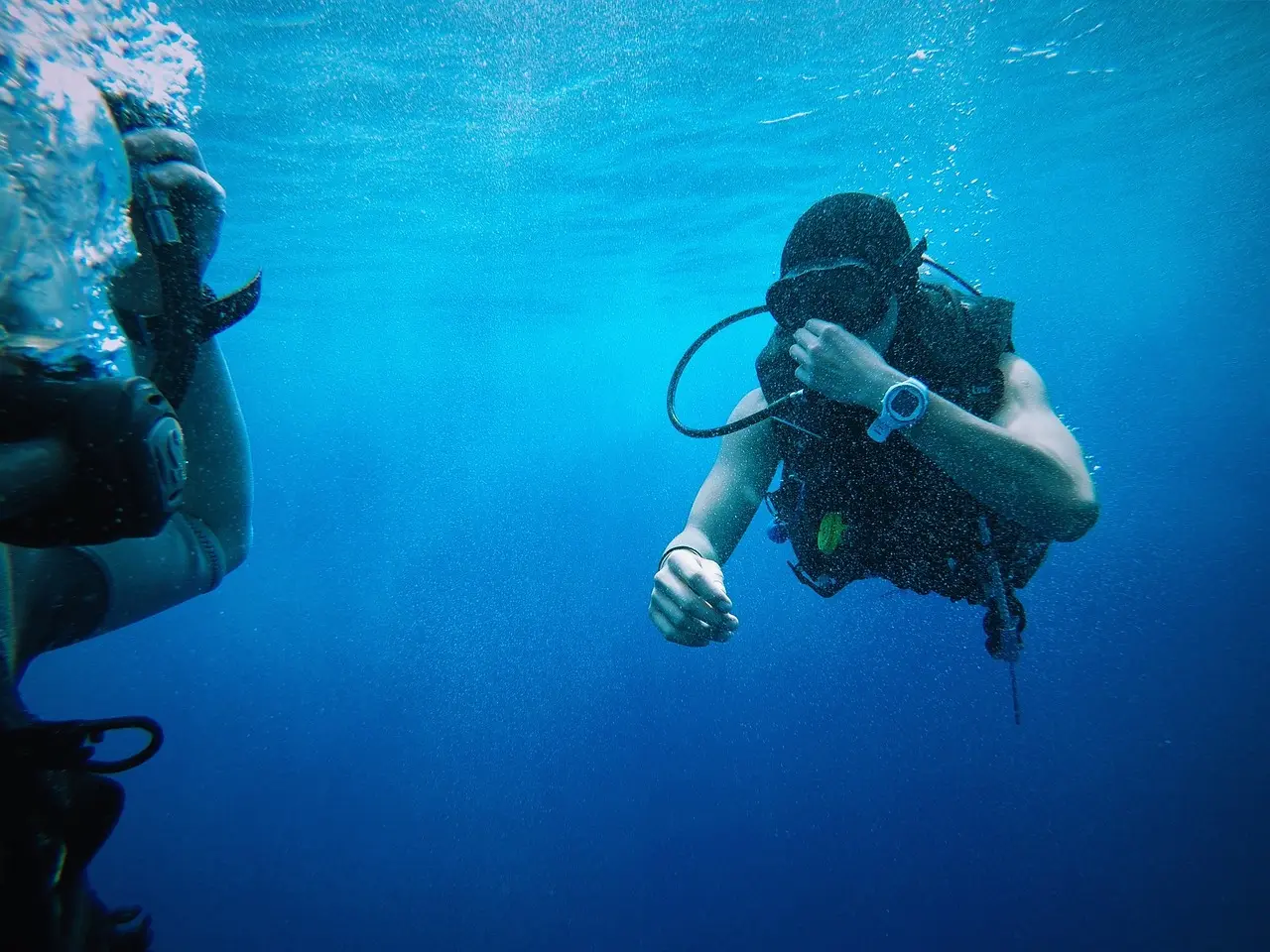
Enjoying Croatia's Adriatic Coast with Confidence
The Croatian Adriatic Sea is a truly remarkable destination, offering crystal-clear waters, stunning beaches, and a rich tapestry of marine life.
While sharks are a rare sight in the Adriatic Sea, exploring Croatia’s coastal beauty is an experience unlike any other. Whether you're intrigued by marine life or simply seeking a serene getaway, you can enjoy the crystal-clear waters and stunning islands with peace of mind. To discover the wonders of Croatia’s islands without any worries, consider booking a day cruise with Junior Excursions. Our tours offer a safe and unforgettable journey, allowing you to explore these pristine waters and enjoy a worry-free adventure.